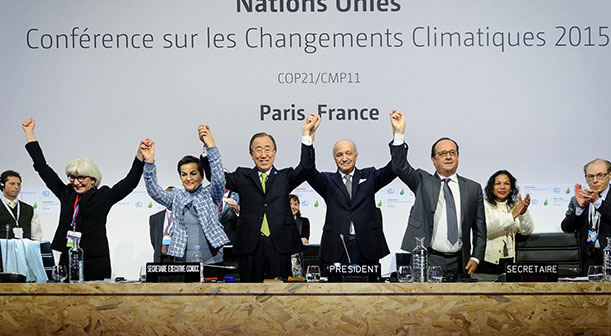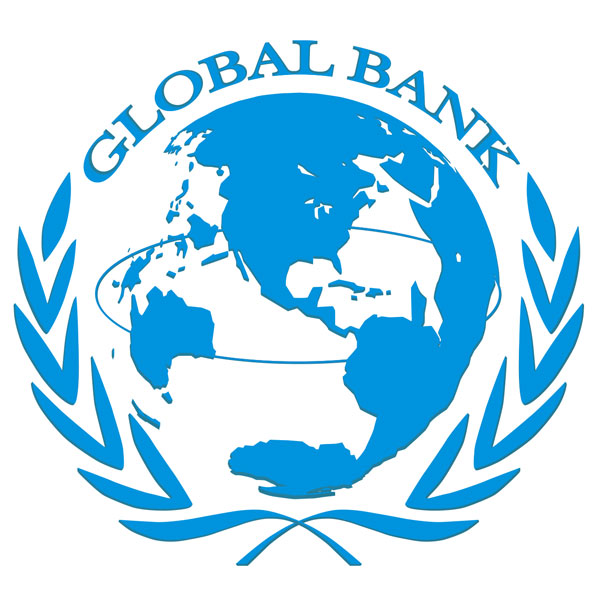Advocacy

Build resilience through knowledge, advocacy, research and training
Communities face shocks and stresses: acute and chronic threats posed by natural and human-caused hazards, climate change, the degradation of natural resources and population growth. Disasters can be substantially reduced if people are well informed and motivated towards a culture of disaster prevention and resilience, which in turn requires the collection, compilation and dissemination of relevant knowledge and information on hazards, vulnerabilities and capacities. Advocacy can brings communities together and encourage them to respond to external threats. For theGlobal Bank Disaster Risk Reduction and Reconstruction Fund – An Umbrella Trust Fund(the “Trust Fund,” “GB DRRRF,” or “DRRRF”) advocacy goes hand-in-hand with awareness raising and education, as three cross-cutting components to strengthen its interventions. Awareness raising and education can empower communities to change and to have safer, healthier lives, while advocacy can create the conditions in which they are actually able to do so.
OVERVIEW
Challenges posed by disasters Over the same 10 year time frame, however, disasters have continued to exact a heavy toll and, as a result, the well-being and safety of persons, communities and countries as a whole have been affected. Over 700 thousand people have lost their lives, over 1.4 million have been injured and approximately 23 million have been made homeless as a result of disasters. Overall, more than 1.5 billion people have been affected by disasters in various ways, with women, children and people in vulnerable situations disproportionately affected. The total economic loss was more than $1.3 trillion. In addition, between 2008 and 2012, 144 million people were displaced by disasters. Disasters, many of which are exacerbated by climate change and which are increasing in frequency and intensity, significantly impede progress towards sustainable development. Evidence indicates that exposure of persons and assets in all countries has increased faster than vulnerability has decreased, thus generating new risks and a steady rise in disaster-related losses, with a significant economic, social, health, cultural and environmental impact in the short, medium and long term, especially at the local and community levels. Recurring small-scale disasters and slow-onset disasters particularly affect communities, households and small and medium-sized enterprises, constituting a high percentage of all losses. All countries – especially developing countries, where the mortality and economic losses from disasters are disproportionately higher – are faced with increasing levels of possible hidden costs and challenges in order to meet financial and other obligations. The intergovernmental dialogs on the post 2015 development agenda, financing for development, climate change and disaster risk reduction provide the Global Bank Disaster Risk Reduction and Reconstruction Fund – An Umbrella Trust Fund with a unique opportunity to enhance coherence across policies, institutions, goals, indicators and measurement systems for implementation, while respecting the respective mandates. Ensuring credible links, as appropriate, between these processes will contribute to building resilience and achieving the global goal of eradicating poverty. Climate change has become one of the world’s foremost policy challenges. In line with its mandate and expertise, the Global Bank Disaster Risk Reduction and Reconstruction Fund – An Umbrella Trust Fund together with Global Bank focuses on the humanitarian, fiscal, financial, and macroeconomic challenges. The DRRRF also advises (e.g., through technical assistance to member countries) on the appropriate design of resilient infrastructure development, carbon pricing and fiscal reforms to promote greener growth more broadly, particularly with regard to getting prices right in energy and transportation systems to reflect environmental costs and building resilience to climate risks. The Global Bank Disaster Risk Reduction and Reconstruction Fund – An Umbrella Trust Fund conducts global and regional communication campaigns as instruments for public awareness and education. Each builds on the existing ones to promote a culture of disaster prevention, resilience and responsible citizenship, generate an understanding of disaster risk, support mutual learning, and share experiences. The campaigns encourage public and private stakeholders to engage actively in such initiatives and to develop new ones at the local, national, regional and global levels Building national capacity is a key component of Global Bank Disaster Risk Reduction and Reconstruction Fund interventions for mainstreaming disaster risk management recovery in DRRRF’s focus countries in disaster-prone countries. The DRRRF’s investments in capacity building, address the institutions in disaster-prone countries in a comprehensive, multi-sector fashion, spanning all government sectors and levels that share responsibility for reducing the vulnerability of communities to disasters. Contribution to the wider multilateral development system
Since the adoption of the Hyogo Framework for Action in 2005, as documented in national and regional progress reports on its implementation as well as in other global reports, progress has been achieved in reducing disaster risk at local, national, regional and global levels by countries and other relevant stakeholders, leading to a decrease in mortality in the case of some hazards. Reducing disaster risk is a cost-effective investment in preventing future losses. Effective disaster risk management contributes to sustainable development. Countries have enhanced their capacities in disaster risk management (DRM). International mechanisms for strategic advice, coordination and partnership development for disaster risk reduction, such as the Global Bank Disaster Risk Reduction and Reconstruction Fund – An Umbrella Trust Fund and the Global Bank Atlantic Recovery Trust Fund and other regional platforms for disaster risk reduction, as well as other relevant international and regional forums for cooperation, have been instrumental in the development of policies and strategies and the advancement of knowledge and mutual learning. Overall, the Hyogo Framework for Action has been an important instrument for raising public and institutional awareness, generating political commitment and focusing and catalysing actions by a wide range of stakeholders at all levels.
DRRRF on the Front Line Humanitarian Diplomacy and Climate Change Policy Through Track I, the Global Bank Disaster Risk Reduction and Reconstruction Fund – An Umbrella Trust Fund works to enhance global and regional advocacy to promote the implementation of the Hyogo Framework for Action 2005-2015 in partnership with the United Nations and other international organizations. Through advocacy and continuous engagement with key regional organizations, the partnership will help to elevate disaster risk management as a key priority for policy-makers, governments and practitioners, thereby building demand for more targeted country disaster risk management (DRM) programs, particularly in high-risk, low and middle-income countries.
Through Track I, the Global Bank Disaster Risk Reduction and Reconstruction Fund – An Umbrella Trust Fund works to enhance global and regional advocacy to promote the implementation of the Hyogo Framework for Action 2005-2015 in partnership with the United Nations and other international organizations. Through advocacy and continuous engagement with key regional organizations, the partnership will help to elevate disaster risk management as a key priority for policy-makers, governments and practitioners, thereby building demand for more targeted country disaster risk management (DRM) programs, particularly in high-risk, low and middle-income countries.
The Global Bank Disaster Risk Reduction and Reconstruction Fund – An Umbrella Trust Fund will work to enhance international coordination around the Sendai Framework for Disaster Risk Reduction and to strengthen donor and government collaboration on disaster risk reduction. The DRRRF leverages increasing levels of international support and funding for its program and injects significant amounts of new financing into disaster risk reduction activities, including leveraging additional investment from the Global Bank Group through its normal country support program and from specialized funds and programmes.

